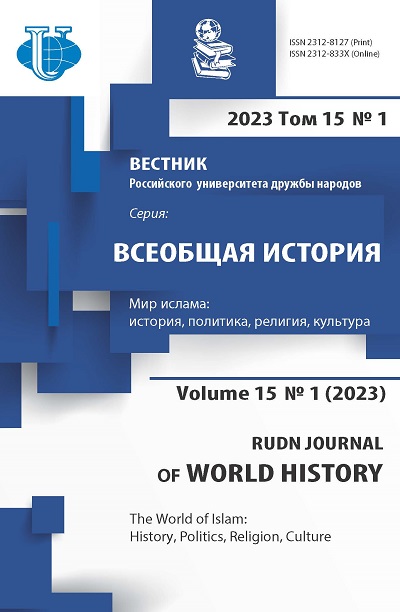High Hopes, Lost Illusions: General Islamic Congress in Jerusalem (1931)
- Authors: Kirillina S.A.1, Safronova A.L.1, Orlov V.V.1
-
Affiliations:
- Lomonosov State University
- Issue: Vol 15, No 1 (2023): The World of Islam: History, Politics, Religion, Culture
- Pages: 7-21
- Section: Religion and Politics in the Middle East
- URL: https://journals.rudn.ru/world-history/article/view/33863
- DOI: https://doi.org/10.22363/2312-8127-2023-15-1-7-21
Cite item













